As a young married adult, this dish was one of the first I made and liked. It’s from an old Tarla Dalal book: “New Indian Vegetarian Cookery.” The recipe page has mark-ups and cooking stains that are over two decades old. The page has more stains than any other page – proof that I made it the most.
“The colorful mixture of vegetables added to the rice makes this an attractive pullav to serve.”
Serves 6, Preparation time: 15 minutes, Cooking time: 40 minutes
Ingredients
9 oz rice
4 tbsp ghee
1/2″ cinnamon stick
2 cloves
6 oz cooked corn
1 green pepper, seeded and roughly chopped
1 boiled carrot, diced
salt
1/3 pint plain natural yogurt
2 tbsp cream
1/2 tsp sugar
4 oz water
Paste
1 medium onion, peeled and chopped
2 tbsp grated fresh or flaked coconut
5 garlic cloves, peeled
2 tsp coriander seeds
1 tsp cumin seeds
1/2″ cinnamon stick
2 cloves
seeds of 2 cardamoms
1″ piece fresh ginger, peeled
2 tsp poppy seeds (khus-khus)
6 red chillies
Directions
Put the rice in a sieve and wash thoroughly under cold water. Boil the rice for 15-20 minutes until it is cooked. Drain and cool.
Heat the oven to 400. Blend the ingredients for the paste in a blender or food processor with a little water. Heat half the ghee in a large pan and fry the cinnamon and cloves for 30 seconds. Add the cooked rice, corn, green pepper and carrot. Season with salt and continue frying for 1 minute.
Heat the remaining ghee in a saucepan and fry the paste for 3-4 minutes. Add the yogurt, cream and sugar. Season with salt, add the water and cook for 1 minute.
Spread half the rice mixture on a sheet of aluminum foil and spread the curry on top. Cover with the remaining rice mixture, fold over the foil and seal. Bake the parcel in the oven for about 20 minutes. Unwrap and serve hot.
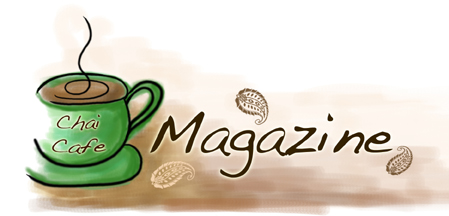
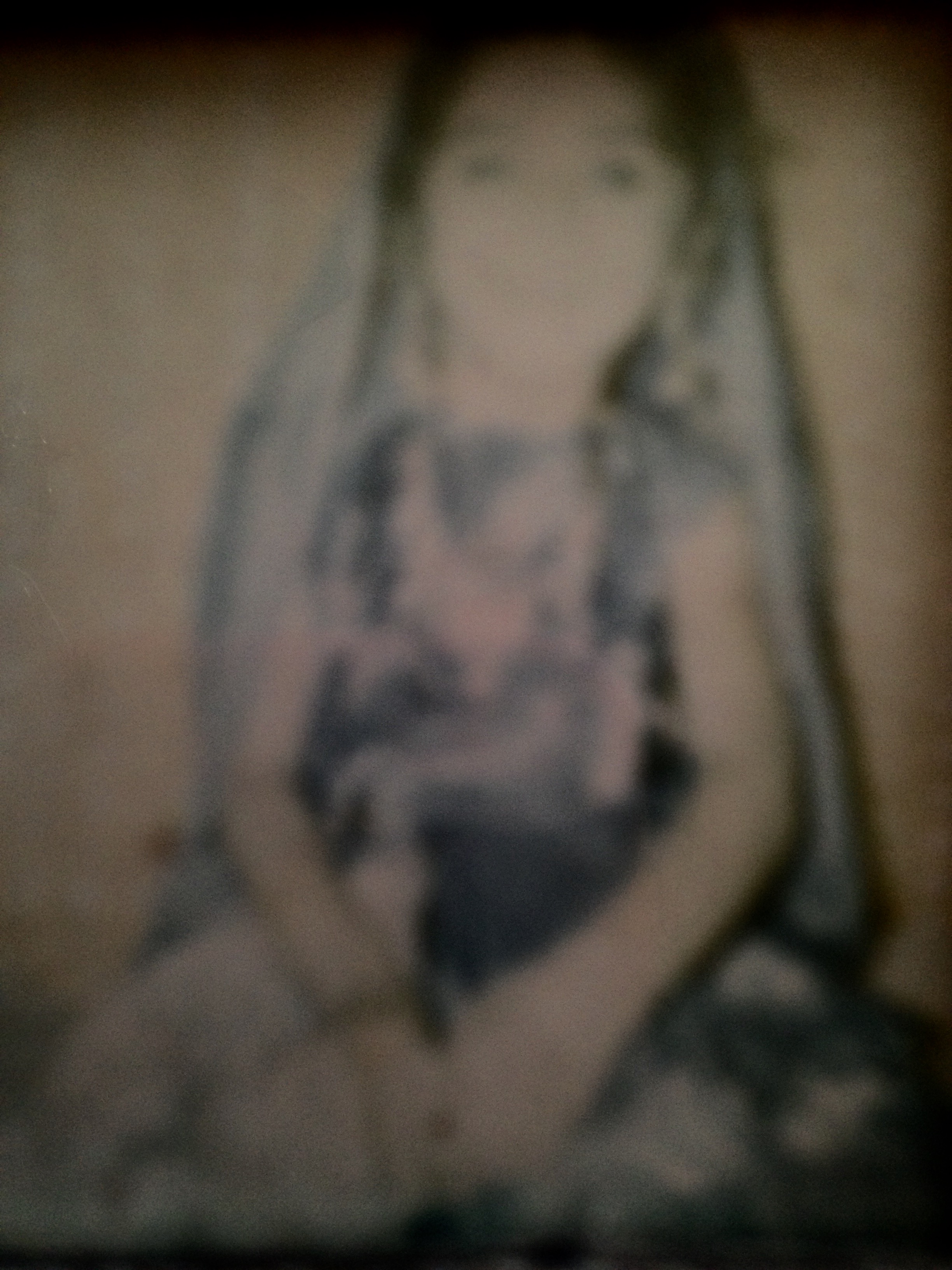

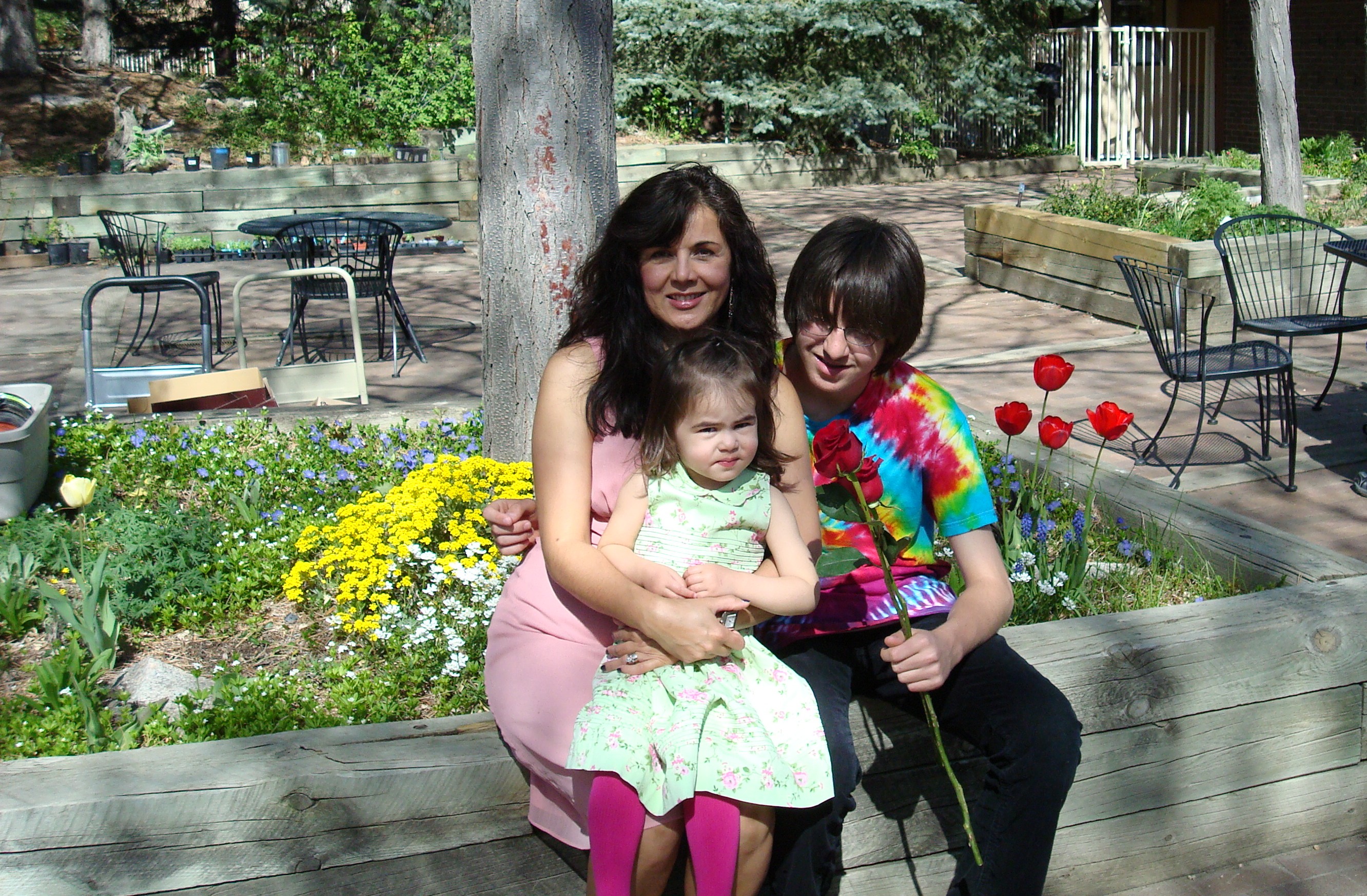
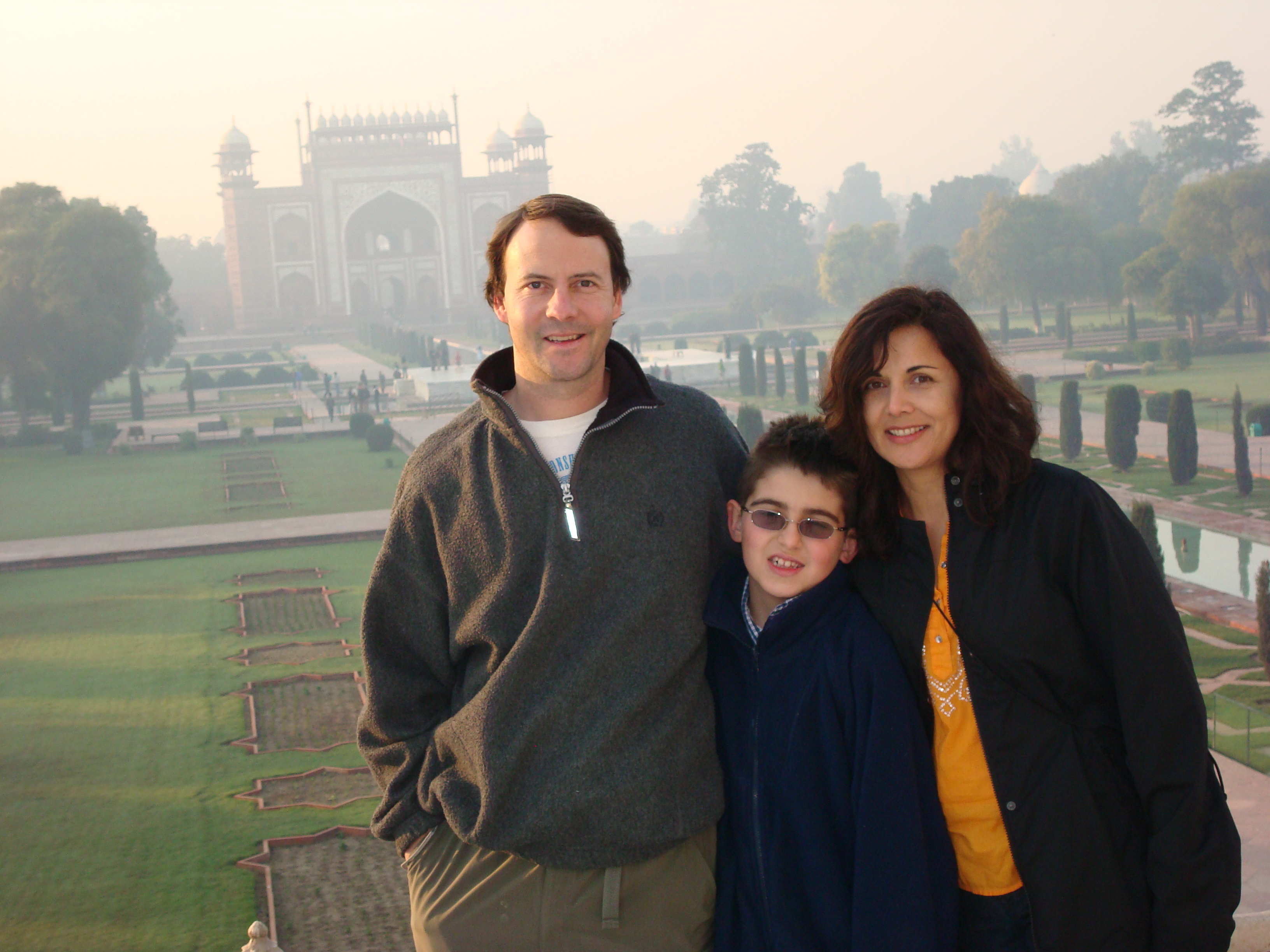

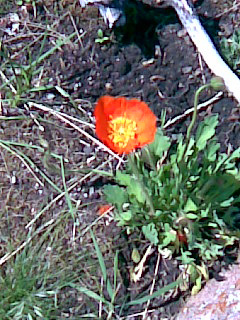


 I was struggling with my arranged marriage while in college in 1987. Specifically, I felt challenged not only with a new unplanned life in a new city, but was trying to cope with hosting in-laws in my new small apartment after having just spent months with them in India, and adjusting to a new college at the same time.
I was struggling with my arranged marriage while in college in 1987. Specifically, I felt challenged not only with a new unplanned life in a new city, but was trying to cope with hosting in-laws in my new small apartment after having just spent months with them in India, and adjusting to a new college at the same time. 


